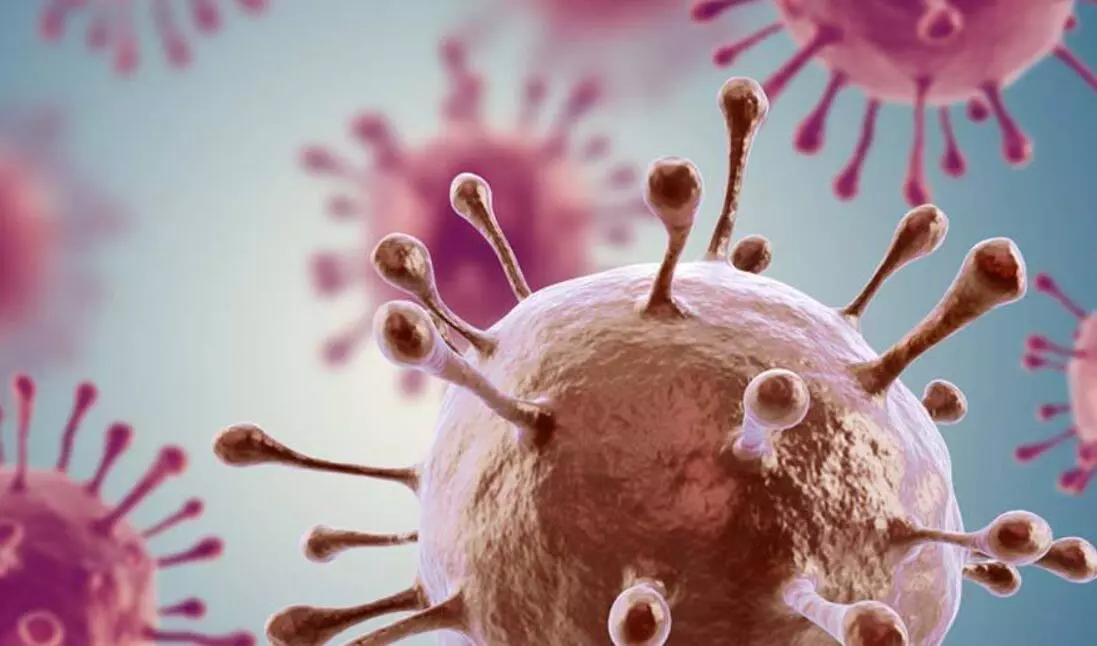Genital Warts and HPV: Unraveling the Connection
HPV pervades globally as one of the most common sexually transmitted infections. Amidst the myriad of questions surrounding HPV, a common and crucial inquiry emerges: Do the words genital warts and HPV mean the same thing? In order to understand the complexity of this issue, one has to understand the connection between the virus that causes the genital warts and the warts themselves. A large family of various HPV virus types, including some that can cause genital warts, is known as HPV.
The variants, referred to as low-risk and high-risk strains, indicate that HPV is a multifaceted disease. This journey will unfold the related nuances of HPV and genital warts, which include but are not limited to their preventions, diagnoses, and, among others, the emotional effects involved.
As such, individuals can equip themselves with the needed knowledge on this virus in order to facilitate informed decision-making regarding their sexual lifestyle that will not only be preventive but also have an antistigma outlook towards HPV and its respective asymptomatic symptoms.
Understanding HPV: The Root of Genital Warts
Overview of Human Papillomavirus (HPV)
One or several closely related viruses cause genital warts. And all of us know it as HRP (Human Papillomavirus). However, it is important to distinguish between the virus itself and the presence of genital warts.
The Diverse Strains of HPV
HPV contains different strains that could be either low-risk or high-risk HPV. Some strains induce genital warts, while others link to cervical cancer and other diseases.
Transmission of HPV
The HPV virus spreads through intimate sexual contacts with skins close together. A person will not visually see an infected person, yet they may still transmit the virus.
Decoding Genital Warts: A Symptomatic Outcome of HPV
What Are Genital Warts?
Genital warts are bumps or masses that develop on the private parts (anal and genital). These warts are caused by certain types of HPV, which have different forms and often look like a cauliflower group.
The Link Between Genital Warts and HPV
Low-risk HPV strains like types 6 and 11 mostly cause genital warts. One or several closely related viruses cause genital warts, making it essential to identify the HPV strain.
Symptoms and Diagnosis
The problem may include itching, pain, and bleeding during sexual intercourse in people with genital warts. In most cases, health care providers determine a diagnosis through visual inspection of the lesions, although additional testing is sometimes needed.
Prevention and Treatment Strategies for HPV and Genital Warts

HPV Vaccination
The most important preventive measure against the disease involves vaccinating people against HPV. The vaccine aims at the most prevalent high-risk as well as low-risk variants of HPV, thereby protecting against cervical cancer and genital warts.
Safe Sexual Practices
Safe sex, like proper condoms’ use with due diligence, prevents HPV spread. It only offers partial protection because there are parts of the body that a condom cannot cover, and hence the virus may easily find its way through.
Regular Screening for Women
Women should go for pap smears and HPV tests so that they can identify various deviations in the cervical cells early. Detecting diseases at an early stage leads to quick action, which minimizes the chances of cancer.
Treatment Options for Genital Warts
There are numerous treatments for genital warts that vary from topical medication to surgery. One should consult a healthcare provider in order to come up with the best technique, depending on the size and positioning of the warts.
Navigating the Emotional and Social Impact
Addressing Stigma and Misconceptions
This stigma may have emotional effects on people because of STIs like HPV. Educate the public on HPV’s prevalence to combat stigmatization. Foster understanding and awareness for a more informed perspective.
Counseling and Support
People who have genital warts or genital HPV can be encouraged to join support and counseling groups to help them overcome their difficulties. A positive diagnosis, however, can be emotionally challenging. It is here that mental health professionals come in handy.
Conclusion: Empowering Individuals with Knowledge
To conclude, HPV and genital herpes are complex interactions that require proper understanding for efficient sexual health navigation. Understanding its complicated nature reveals that it is HPV, and, among others, there are strands leading to both genital warts and cervical cancer among women. Despite their uniqueness, these conditions need a multipronged plan of prediagnosis, diagnosis, and treatment.
This journey begins with empowering individuals through knowledge. Prevention measures include promoting HPV vaccination, engaging in safe sex practices, and urging routine screenings. Furthermore, emotional and social consequences such as desigmatization, counseling, and support systems to cope with a positive diagnosis should be taken into consideration.
In wrapping up this journey, one thing becomes apparent: taking into account the totality approach and making informed choices are vital to building a sexually conscious community. When we break down false ideas and introduce comprehensive sex education, it enables a brighter future—one that allows people to cope more successfully with HPV and genital warts.


